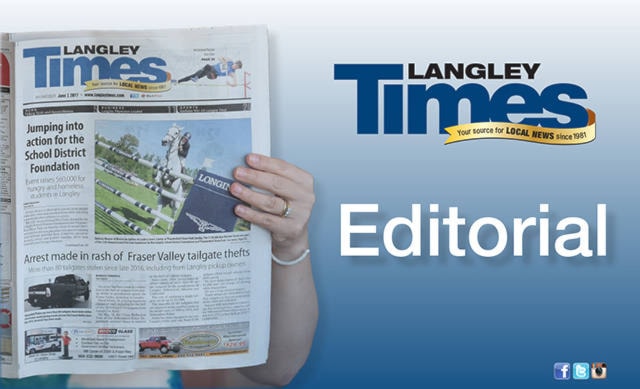As much as we’re accused (often correctly) of spreading doom and gloom through so-called “bad news” stories, in this business, we regularly hear from — or, more often, about — people who are trying to make a positive difference in the world.
The stories we like best are the ones about people who go above and beyond, even when there’s nothing in it for them personally.
There is one such story in today’s paper.
It involves a woman who is trying to boost the number of young people registered with Canadian Blood Services as potential stem cell donors.
Marie Grim’s sister-in-law, Tania, was diagnosed with leukemia in January. She underwent both chemotherapy and radiation, but Tania had to wait several months before a suitable donor was found to help her replace the bone marrow and abnormal white blood cells destroyed during the course of her treatment.
Once her sister’s match was found — and, thankfully, it was — it would have been simple enough for Marie to express her gratitude to the donor — and to the system that helped create the match — then move on.
Instead, she has decided to do what she can to help improve the odds for others by holding a stem cell drive.
At her event, tentatively set for Sept. 8 in Langley, she hopes to round up 100 people between the ages of 17 and 35 who will consent — to begin with — to a simple cheek swab.
“There’s no pain, no fuss,” she says.
And for a few seconds’ effort, you may be setting yourself up to help save a life.
For many, that simple swab may well be the end of it.
But if they’re found to be a match to someone in need of stem cells, they will be contacted and asked to make a donation.
According to CBS, stem cells can be used to treat up to 80 different diseases and disorders.
But while the list of potential recipients includes literally every person in Canada, the pool of possible donors is much smaller, including only those in a narrow, 19-year, age range.
Add to that, a particular demand for non-Caucasian donors, to help improve the odds for people with indigenous, Asian or African heritage, and it becomes even more urgent that people between 17 and 35 years old take the initiative to get swabbed and put themselves on the registry.
At this point only about half the of the hundreds of Canadians on the waiting list will find a stem cell match.
Adding another 100 names to the list of potential donors can only help improve those odds.
